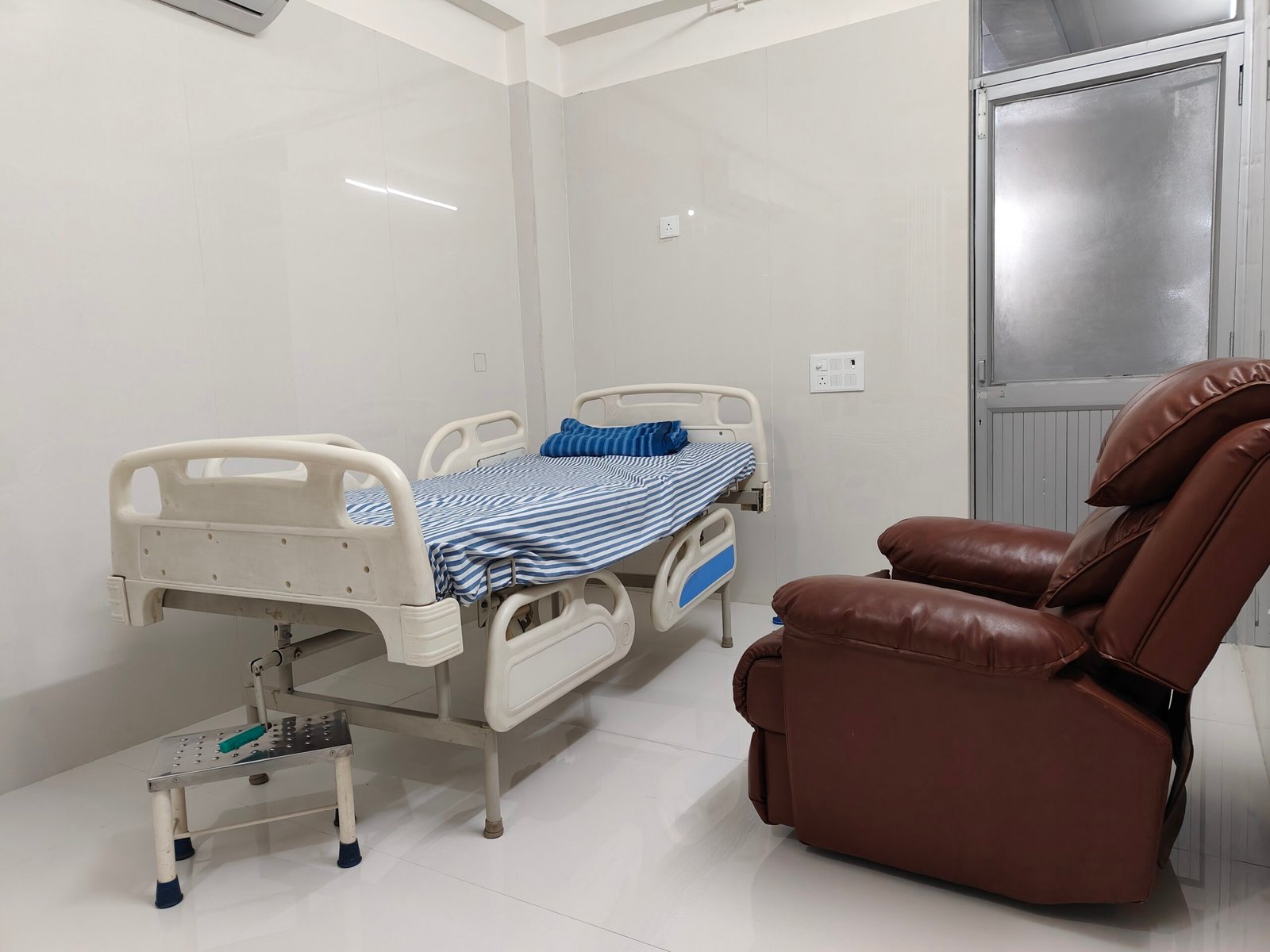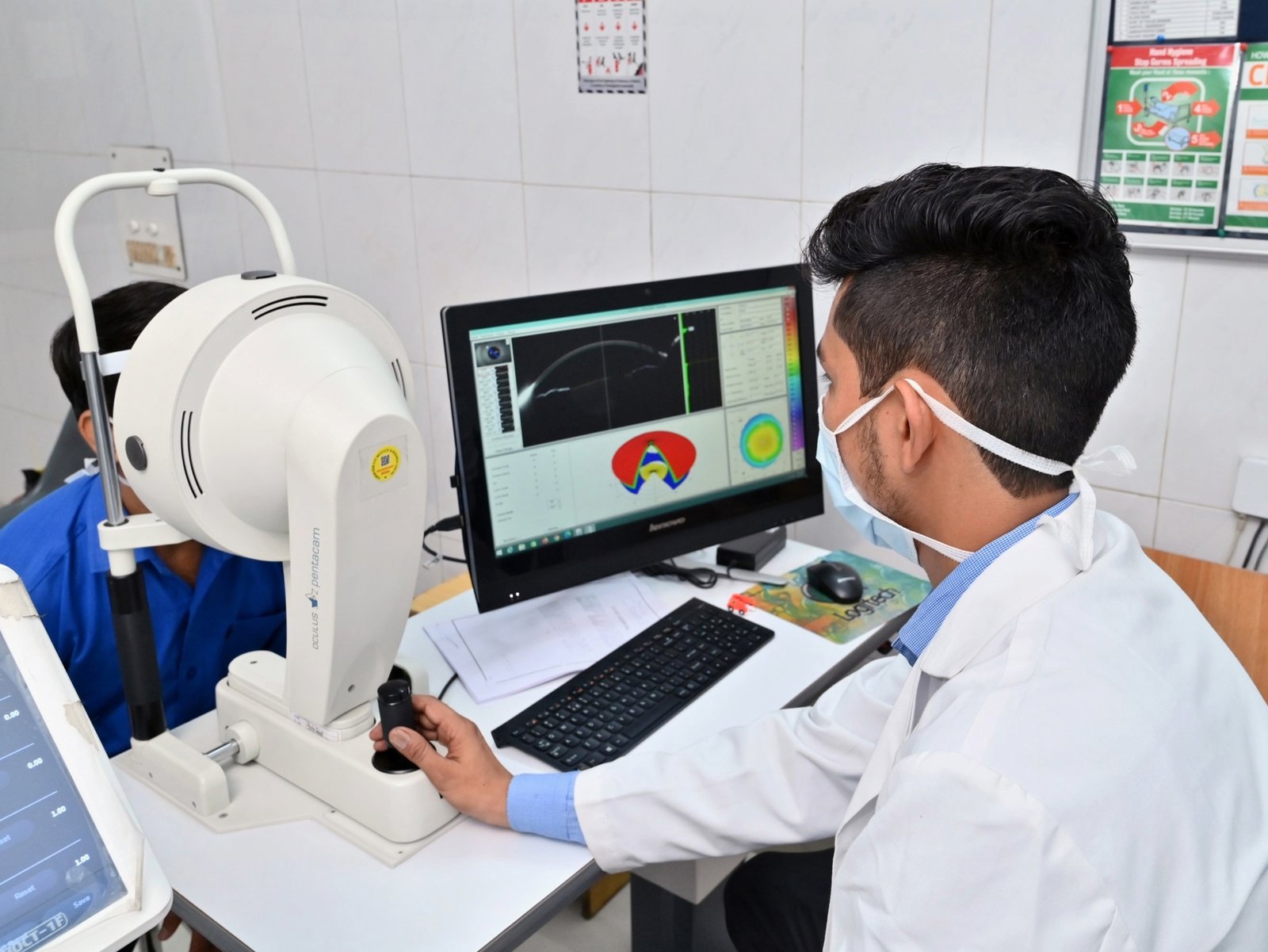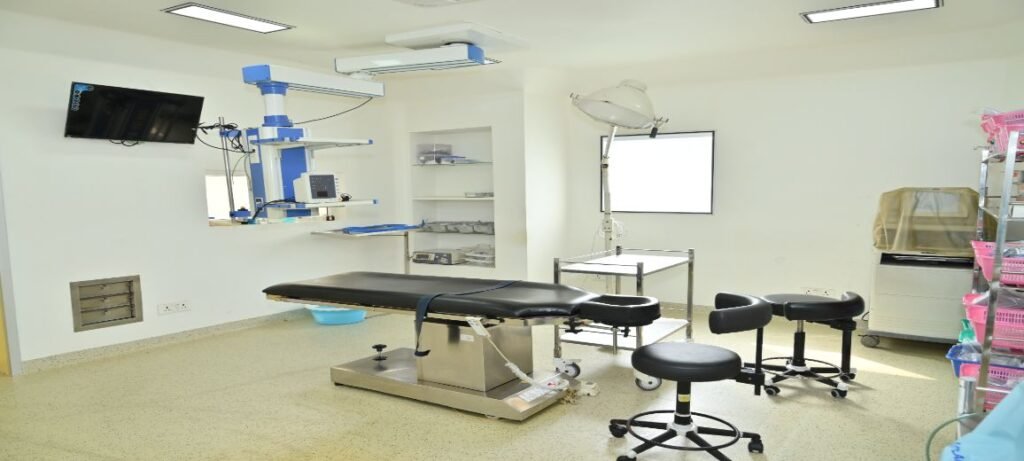Modular OT & Anaesthesia Facility
Dhir Hospital in Bhiwani, Haryana, boasts experienced cataract surgeons with decades of expertise. We provide all types of lenses and cataract prescriptions.
- Home
- Service
- Modular OT & Anaesthesia Facility
Descriptions
In the healthcare industry, operating theaters (OTs) and anesthesia facilities play a critical role in ensuring successful surgical outcomes. To meet the increasing demand for surgical services and address the need for flexibility and efficiency, many healthcare facilities are turning to modular solutions.
Benefits of Modular Construction
- Speed and Efficiency: Modular construction offers faster project completion compared to traditional construction methods. The prefabrication of modules off-site allows for simultaneous site preparation, resulting in reduced construction time and earlier operational readiness.
- Flexibility and Scalability: Modular facilities are designed to be easily expandable or reconfigurable to accommodate changing needs. This flexibility is particularly valuable in healthcare settings where the demand for surgical services can fluctuate. Additional modules can be added or removed as required, ensuring optimal utilization of resources.
- Quality Control: Modular construction is subject to stringent quality control measures. Off-site manufacturing allows for standardized processes, improved precision, and reduced errors. Additionally, factory-controlled environments minimize the impact of weather conditions on construction quality.
- Cost-Effectiveness: Modular construction can offer cost savings compared to traditional construction methods. The streamlined manufacturing process, reduced labor requirements, and faster project completion contribute to lower overall costs.
Considerations for Modular OT & Anesthesia Facility
- Design and Layout: The design of a modular OT and anesthesia facility should prioritize functionality, workflow efficiency, and adherence to regulatory standards. Collaboration between architects, engineers, and healthcare professionals is crucial to create an optimal layout that meets the specific needs of the facility.
- Equipment Integration: Seamless integration of medical equipment is essential for a modular OT and anesthesia facility. Close coordination between equipment suppliers and modular construction providers is necessary to ensure proper installation, calibration, and compliance with safety standards.
- Safety and Infection Control: Maintaining a sterile and safe environment is paramount in an OT. Modular construction should adhere to strict infection control guidelines and incorporate features such as laminar airflow systems, antistatic flooring, and easy-to-clean surfaces to minimize the risk of contamination.
- Regulatory Compliance: Compliance with local building codes, healthcare regulations, and accreditation standards is crucial for any healthcare facility. Modular construction providers should have a thorough understanding of these requirements and ensure that the facility meets all necessary certifications and approvals.
Our Related Services

Dry Eye
Visit the leading vision therapy and rehabilitation centre in Bhiwani, Haryana. Our optometrists provide the best services to enhance visual abilities.

OPD & Private Room
Experience personalized care and comfort at Dhir Hospital with our OPD and private room facilities. Our dedicated team of doctors and staff ensure a seamless healthcare experience.

Cornea
At Dhir Hospital, we have a dedicated team of cornea specialists committed to provide you with the best possible care to protect your vision.

Cataract & Anterior Segment
Dhir Hospital has the best Cataract & Anterior Segment in Bhiwani, Haryana with decades of experience.
FAQ
Frequently Ask Questions.
A modular OT and anesthesia facility refers to a healthcare facility that is constructed using prefabricated modules off-site and then assembled on-site. It includes operating theaters and anesthesia rooms that are designed to meet the specific needs of surgical procedures and patient care.
Some advantages include:
- Faster construction time compared to traditional methods
- Flexibility to expand or reconfigure the facility as needed
- Improved quality control due to standardized manufacturing processes
- Cost savings in terms of reduced labor and construction time
- Adherence to regulatory and safety standards
The construction time for a modular OT and anesthesia facility can vary depending on the size and complexity of the project. However, modular construction generally allows for faster project completion compared to traditional construction methods. It can save several months in construction time.








